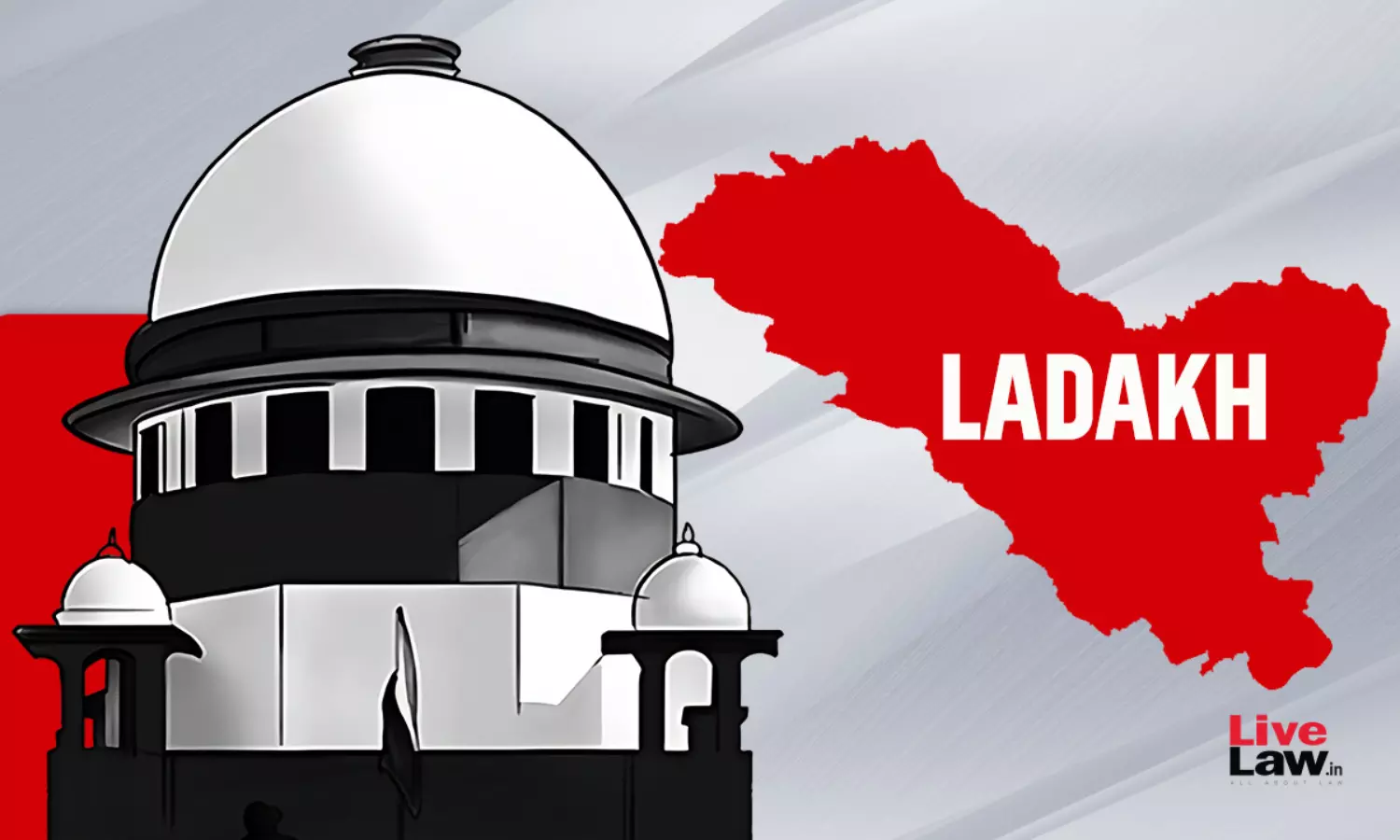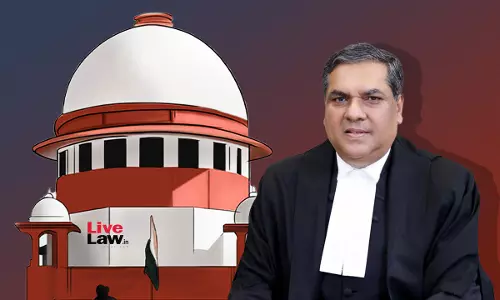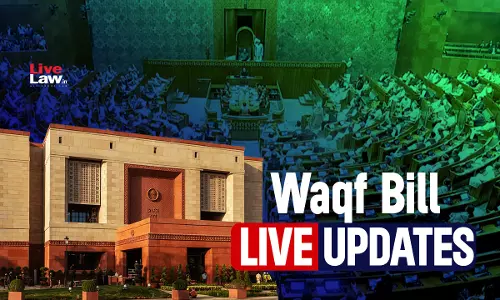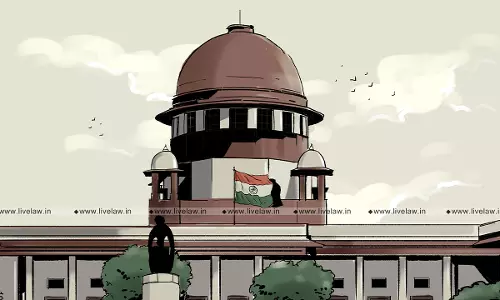Parliament Can Carve Out A Union Territory From A State; Views Of State Only Recommendatory: Supreme Court

While upholding the repeal of the special status of Jammu and Kashmir under Article 370 of the Constitution, the Supreme Court also affirmed the power of the Parliament to carve out a Union Territory from a State.Holding so, a Constitution Bench led by Chief Justice of India DY Chandrachud upheld the Jammu and Kashmir Reorganisation Act 2019 to the extent it created the Union Territory of...
While upholding the repeal of the special status of Jammu and Kashmir under Article 370 of the Constitution, the Supreme Court also affirmed the power of the Parliament to carve out a Union Territory from a State.
Holding so, a Constitution Bench led by Chief Justice of India DY Chandrachud upheld the Jammu and Kashmir Reorganisation Act 2019 to the extent it created the Union Territory of Ladakh out of the erstwhile State of J&K. However, the Court did not go into the issue whether the conversion of State of J&K into a Union Territory was valid. This was in view of the undertaking given by the Union Government that the statehood of J&K(without Ladakh) will be restored at the earliest.
"The question of whether Parliament can extinguish the character of statehood by converting a State into one or more Union Territories in exercise of power under Article 3 is left open. In an appropriate case, this Court must construe the scope of powers under Article 3 in light of the necessary effect of converting a State to Union Territories which is that autonomy would be diminished, the historical context for the creation of federating units, and its impact on the principles of federalism and representative democracy," the lead judgment authored by CJI Chandrachud held.
UT can be carved out of a State
The bench referred to Article 3(a) of the Constitution as per which, the Parliament may by law "form a new State by separation of territory from any State or by uniting two or more States or parts of States or by uniting any territory to a part of any State". According to Explanation 1 to Article 3, the word "State", as used in Article 3(a), includes a Union territory. Hence, the Court held that a UT can be carved out of a State.
"...we uphold the validity of the decision to carve out the Union Territory of Ladakh in view of Article 3(a) read with Explanation I which permits forming a Union Territory by separation of a territory from any State," the Court held.
The Court further held that the views of the concerned State regarding the proposed reorganisation, expressed as per proviso to Article 3, are not binding on the Parliament.
"..the views of the Legislature of the State are not binding on Parliament in terms of the first proviso to Article 3. The views of the Legislature of the State under the first proviso to Article 3 are recommendatory to begin with," the Court held. The precedent laid down by a 5-judge bench in Babulal Parate v. State of Bombay (1959) was followed in this regard. Therefore, the Court held that the Parliament passing the reorganisation Act when the State Assembly was dissolved and the State was placed under Presidential rule was not a mala fide exercise, since the views of the State legislature are not binding in any case.
Justice Khanna sounds a word of caution
Justice Sanjiv Khanna, in his concurring judgment, sounded a word of caution regarding the conversion of a State into a UT.
"Conversion of a State into Union Territory has grave consequences, amongst others, it denies the citizens of the State an elected state government and impinges on federalism.Conversion/creation of a Union Territory from a State has to be justified by giving very strong and cogent grounds.It must be in strict compliance with Article 3 of the Constitution of India."
It may be noted that earlier this year, while upholding the delimitation exercise in J&K, a two-judge bench of the Supreme Court in Haji Adbul Gani Khan And Anr. v. Union of India And Ors had observed that the Parliament has the power to convert an existing State into a UT.
Other reports about the judgment can be read here.
Case Title : In Re Article 370 of the Constitution of India
Citation : 2023 LiveLaw (SC) 1050




